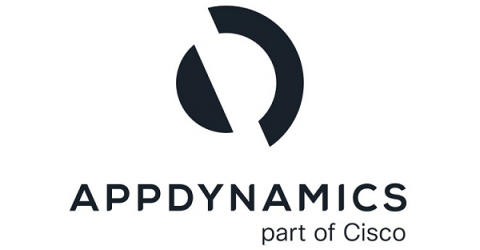Operations | Monitoring | ITSM | DevOps | Cloud
Observability
The latest News and Information on Observabilty for complex systems and related technologies.
Slowdown is the New Outage (SINTO)
With 'Orange Is The New Black' (OITNB) wrapping its final season, let's reclaim the title formula 'x is the new y' with SINTO. This post explores tracing, monitoring, observability and business awareness. By understanding the difference in these four methods, you'll be ready to drive agile applications, gain funding for lowering technical debt, and focus on customer retention.
Notes from Observability Roundtables: Capabilities Deep-dive
Greetings, fellow o11ynaut! You may recall a post we shared here about two months ago that told tales of the themes we felt best represented our recent release of the Framework for an Obsersvability Maturity Model. Well, the o11y maturity model was once again the primary topic and focus of Honeycomb’s most recent Observability Roundtable event held in San Francisco in mid August.
Objectives-Driven Observability
Today I wanted to write about something that’s been on my mind for the last few months. The industry spends quite a bit of time talking about observability these days and something’s been, somewhat vaguely, bothering me about it. So about a week or so ago, I spent some time figuring out what was bothering me and had some insights I would like to share.
Never Alone On Call
Does your organization have an on-call rotation? Several members of the Honeycomb engineering team recently hosted a live webcast about why they never feel alone when on-call at Honeycomb.
Taming A Game-Changer: Honeycomb and GraphQL at VendHQ
This guest post is from Evan Shaw, Lead Engineer at vendhq.com. GraphQL is a query language for APIs. It allows you to expose all your data through a single queryable graph. Compared to RESTful APIs, GraphQL brings greater flexibility in how your data is exposed, a more structured schema for type safety, and fewer round trips to your server for better latency. When we introduced a GraphQL at Vend, the feedback from our frontend engineers was clear: “This is a game-changer.”
Notes from Observability Roundtables
The Velocity conference happened recently, and as part of it we (Honeycomb) hosted a sort of reverse-panel discussion, where you talked, and we listened. You may be aware that we’re in the process of developing a maturity model for the practice of observability–and we’re taking every opportunity we have to ask questions and get feedback from those of you who are somewhere along the path.
Building Your Observability Practice with Tools that Co-exist
A lot of product marketing is about telling people to throw away what they have in favor of something entirely new. Sometimes that is the right answer–sometimes what you have has completely outlived its usefulness and you need to put something better in its place–but a lot of the time, what’s realistic is to make incremental improvements. If you’ve been tasked with starting, or growing your observability practice, it may seem a long journey from here to there.
Velocity (& Reliability) - Two must-haves for every software engineering team
(Field notes from O’Reilly’s Velocity 2019 Show, San Jose.) It was steamy hot in San Jose during O’Reilly’s Velocity show and the normally frigid AC temps in the expo hall were welcomed by all attendees, escaping the 104 degree temps. It got so bad, Charity Majors labeled it Satan Jose and the nearby Marriott hotel experienced a power outage for almost two full days, leaving guests hot under more than just their collars.
Making Instrumentation Extensible
Observability-driven development requires both rich query capabilities and sufficient instrumentation in order to capture the nuances of developers’ intention and useful dimensions of cardinality. When our systems are running in containers, we need an equivalent to our local debugging tools that is as easy to use as Printf and as powerful as gdb.









